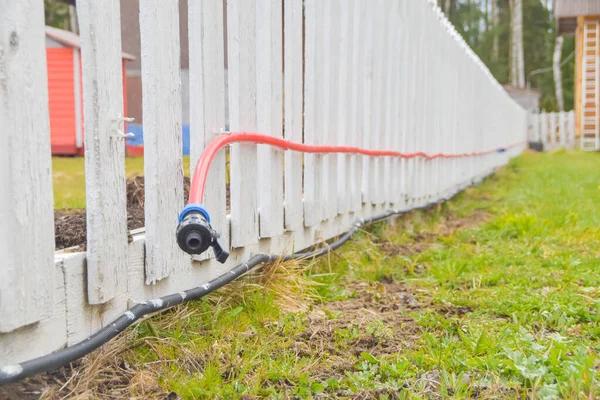Installing electric fencing can be an effective way to secure property, manage livestock, or protect gardens and crops. Before beginning the installation process, it is essential for property owners to understand the basic components involved and the safety considerations that must be observed. An electric fence typically consists of energizers, conductors such as wires or tapes, insulators, posts, and grounding systems. The energizer supplies a controlled electrical pulse through the conductors to deter animals or intruders without causing permanent harm.
The first step in installing an electric fence is planning its layout carefully. Property owners should assess their land’s perimeter and decide where the fence will run to maximize coverage while minimizing costs. It is important to check local regulations regarding fencing restrictions or permits before starting construction. Once the layout is finalized, marking post locations evenly along the boundary ensures stability and proper tension for the wires.
Choosing appropriate materials depends on several factors including intended use, budget, and environmental conditions. For example, galvanized steel wire offers durability but may require more maintenance compared to polymer tapes which are visible and easier to handle but less robust under heavy pressure from larger animals. Insulators prevent electrical current from grounding out by isolating wires from wooden or metal posts; selecting high-quality insulators improves longevity and performance.
Proper installation of posts involves driving them firmly into the ground at regular intervals so they remain upright under tension from electrified wires. Posts made of wood are common due to availability and ease of handling; however, metal T-posts with plastic insulators provide greater strength in certain situations like rocky terrains or areas prone to strong winds.
After setting up posts and attaching insulators securely at predetermined heights suitable for target animals’ size or security needs comes wiring. Conductors should be strung tautly between posts without sagging since loose lines reduce effectiveness by allowing contact with vegetation that could short-circuit power flow.
Grounding plays a vital role in ensuring electric fences function correctly by completing circuits when touched. Installing multiple ground rods driven deep into moist soil near energizers enhances system reliability especially during dry periods when conductivity decreases naturally.
Once see all resources components are installed properly it is crucial to test voltage levels using specialized meters designed for electric fences before activating full power supply permanently. Regular inspections after installation help identify issues like broken wires or weak grounding connections early preventing failures that compromise security over time.
In summary, installing an electric fence requires thoughtful planning combined with careful selection of materials tailored for specific needs alongside adherence to safety standards throughout setup procedures guaranteeing efficient operation protecting property effectively against unwanted intrusion or animal escape risks.

